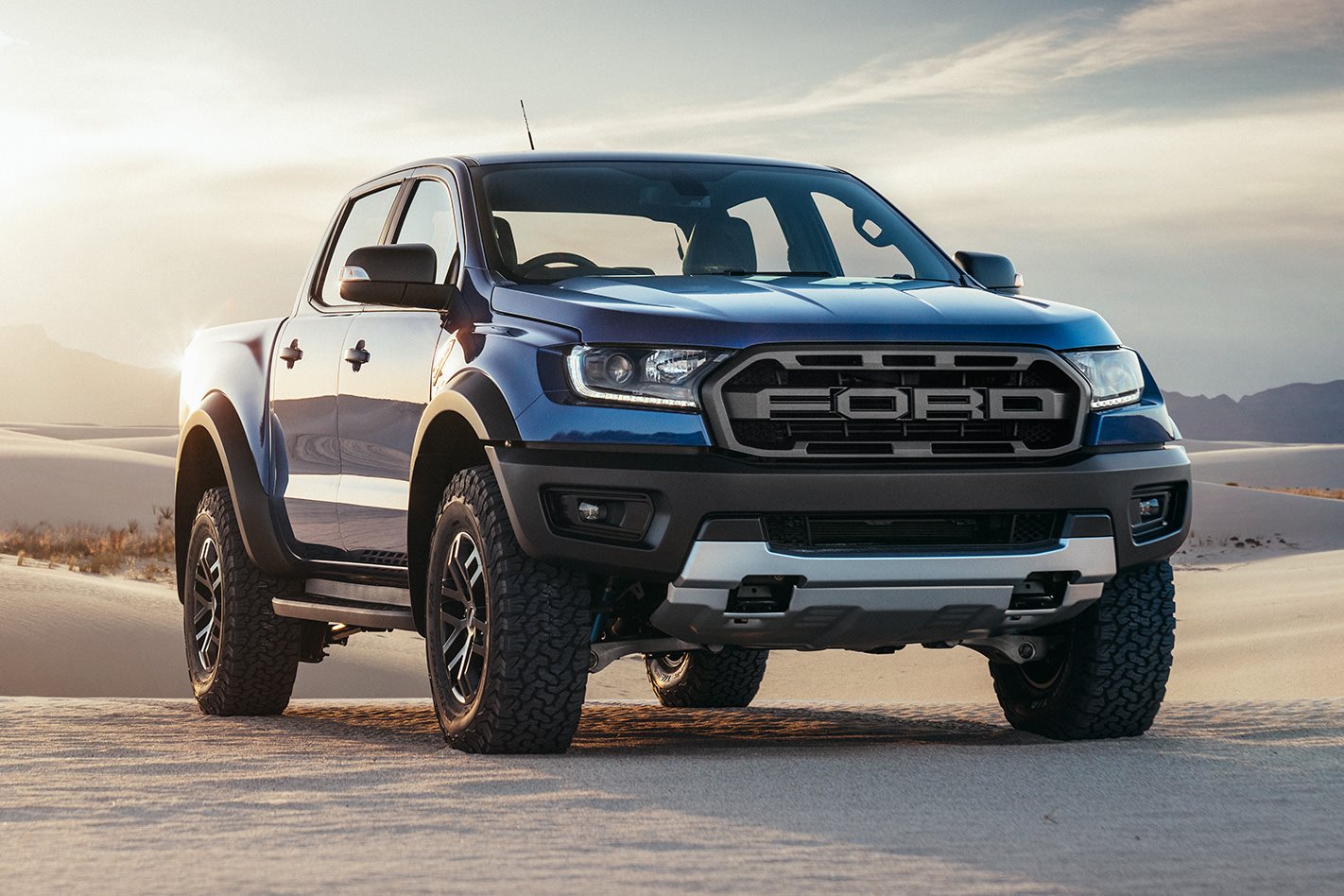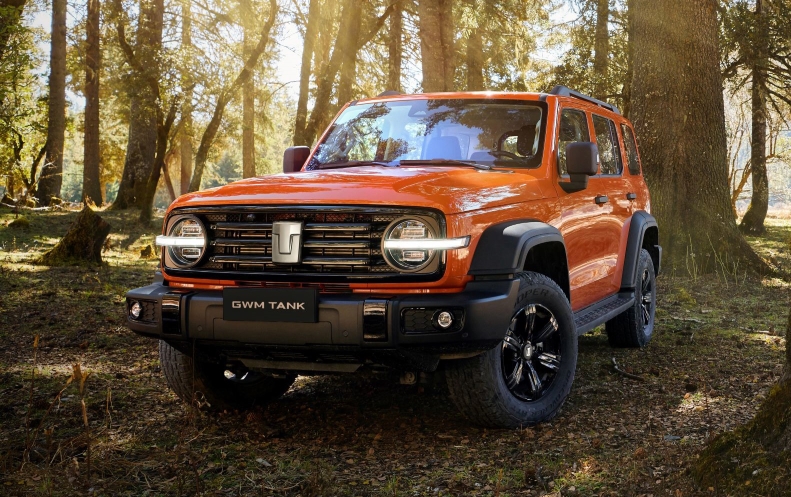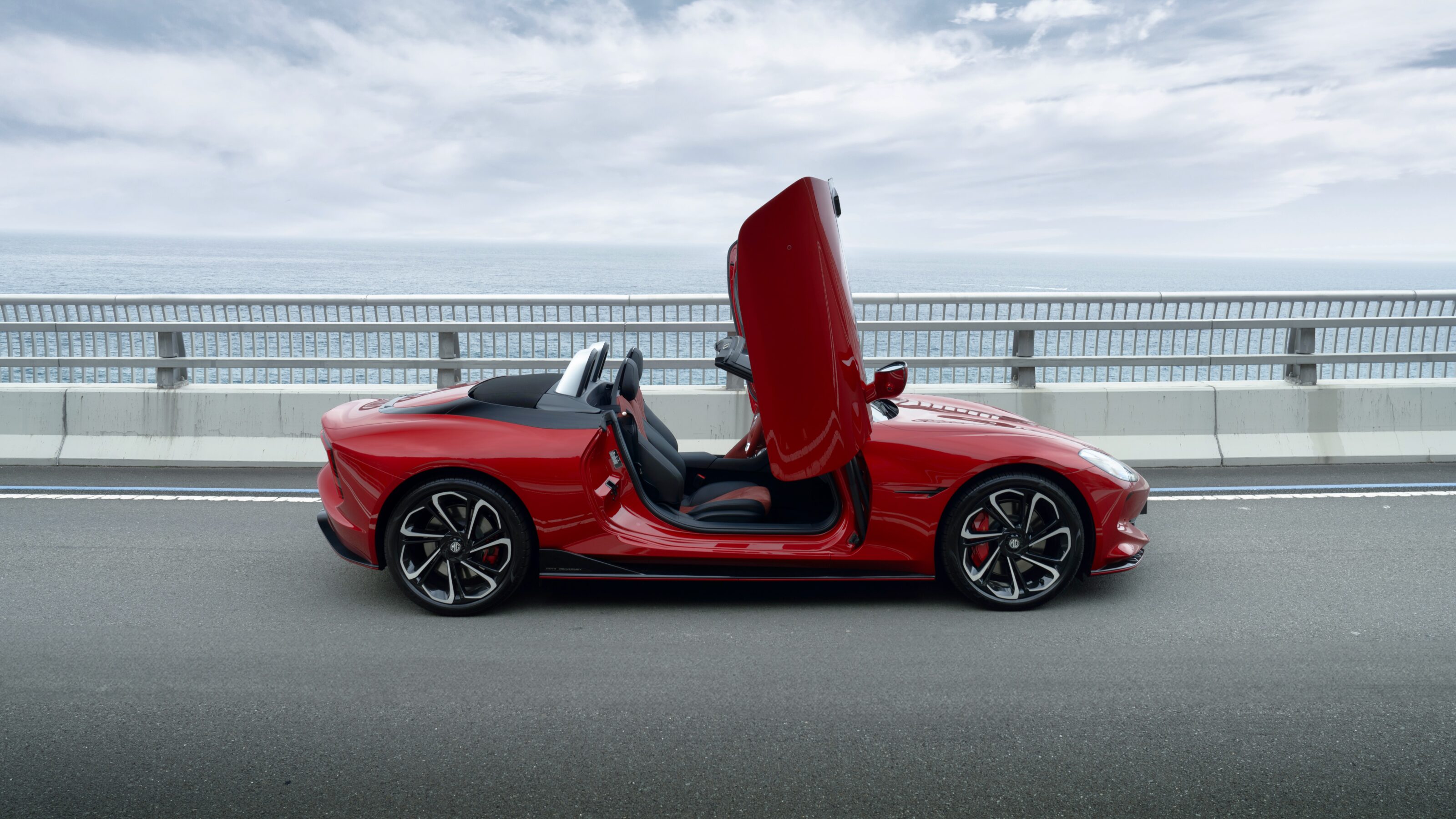LET’S DEAL with the elephant in the room first. Ford’s Ranger Raptor isn’t getting the 3.5-litre petrol V6 that had been much-rumoured.
Instead, the sole engine plumbed under the bonnet will be a bi-turbo diesel 2.0-litre running to all four wheels via a 10-speed automatic transmission. Ford hasn’t released performance figures for the Ranger Raptor, but with 157kW and 500Nm, it’s going to be pretty punchy if not a heavyweight hitter.
The reason the diesel was chosen? Range, apparently. The engineers figured that it was pointless building a Dakar-style truck that induced range-anxiety the moment you lost sight of the nearest servo. And the Raptor is a vehicle that you’ll need to point at some seriously big country to get the best from.
Ford’s engineers have told us that the Thai-built Raptor has been engineered to travel at 170km/h off-road, which takes some mental recalibration. Imagine sitting at the limit on the Stuart Highway out of Alice Springs and seeing something come by in the dirt going 60km/h quicker. It’d raise a smile from me, at any rate.
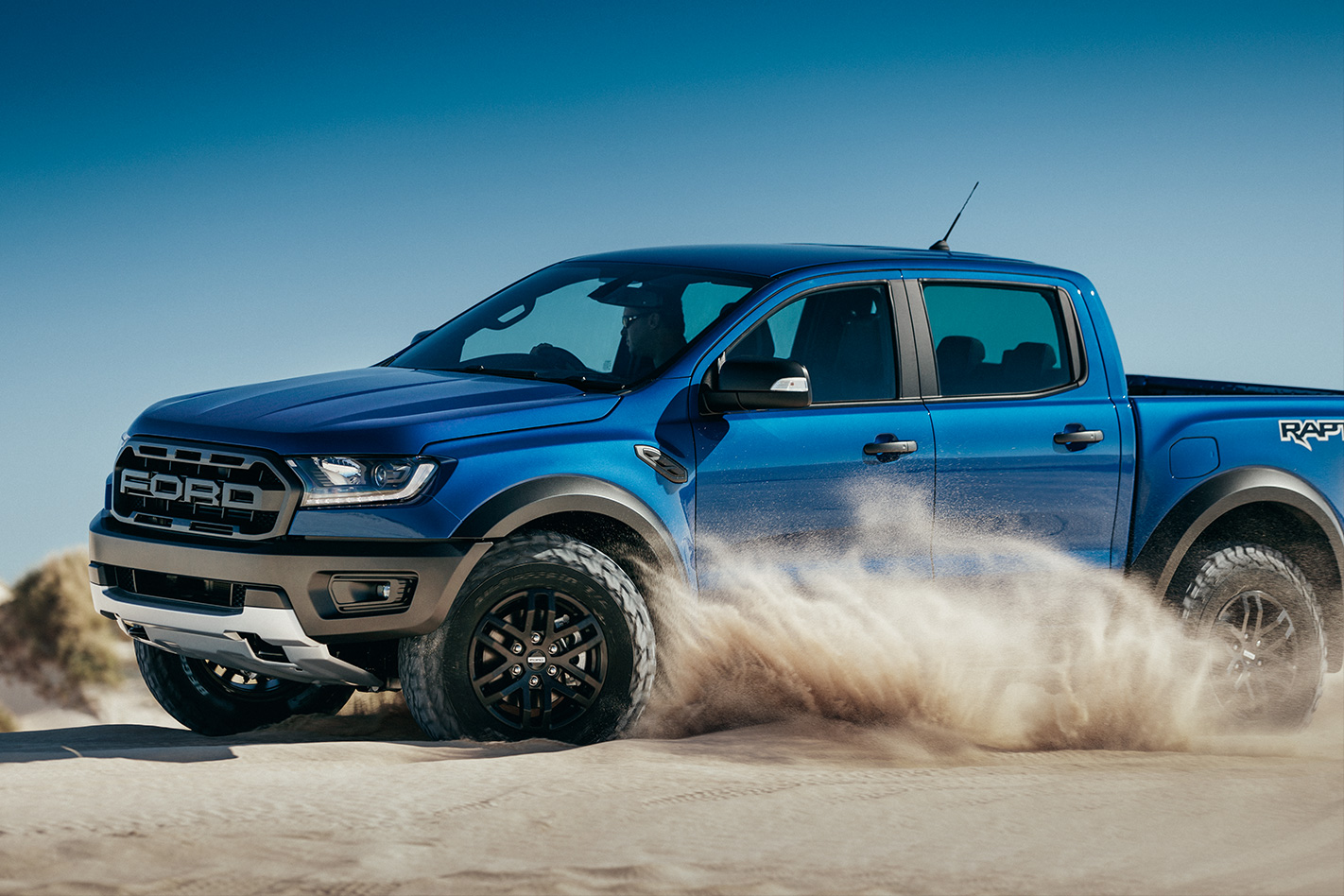
The frame design comprises various grades of high-strength low-alloy (HSLA) steel, with stiffened side-rails that can accommodate an extra g of vertical loading. The rear dampers are manufactured by Fox Racing Shox and feature 46.6mm pistons front and rear as well as internal bypass technology. Securing them are a set of forged aluminium upper arms and cast aluminium lower arms.
Such is the stroke and travel of the dampers that Ford claims to be able to offer a ‘limousine-type’ ride on-road. That’s a pretty big claim for a dual-cab ute, when the current best in the class is only just about acceptable on tarmac. “The standout experience of the Ranger Raptor, hands down, is how far you can push it off-road versus any other available production road vehicle in our markets, and still ride like a millionaire on-road,” said Damien Ross, Chief Program Engineer, Ranger Raptor, Ford Motor Company.
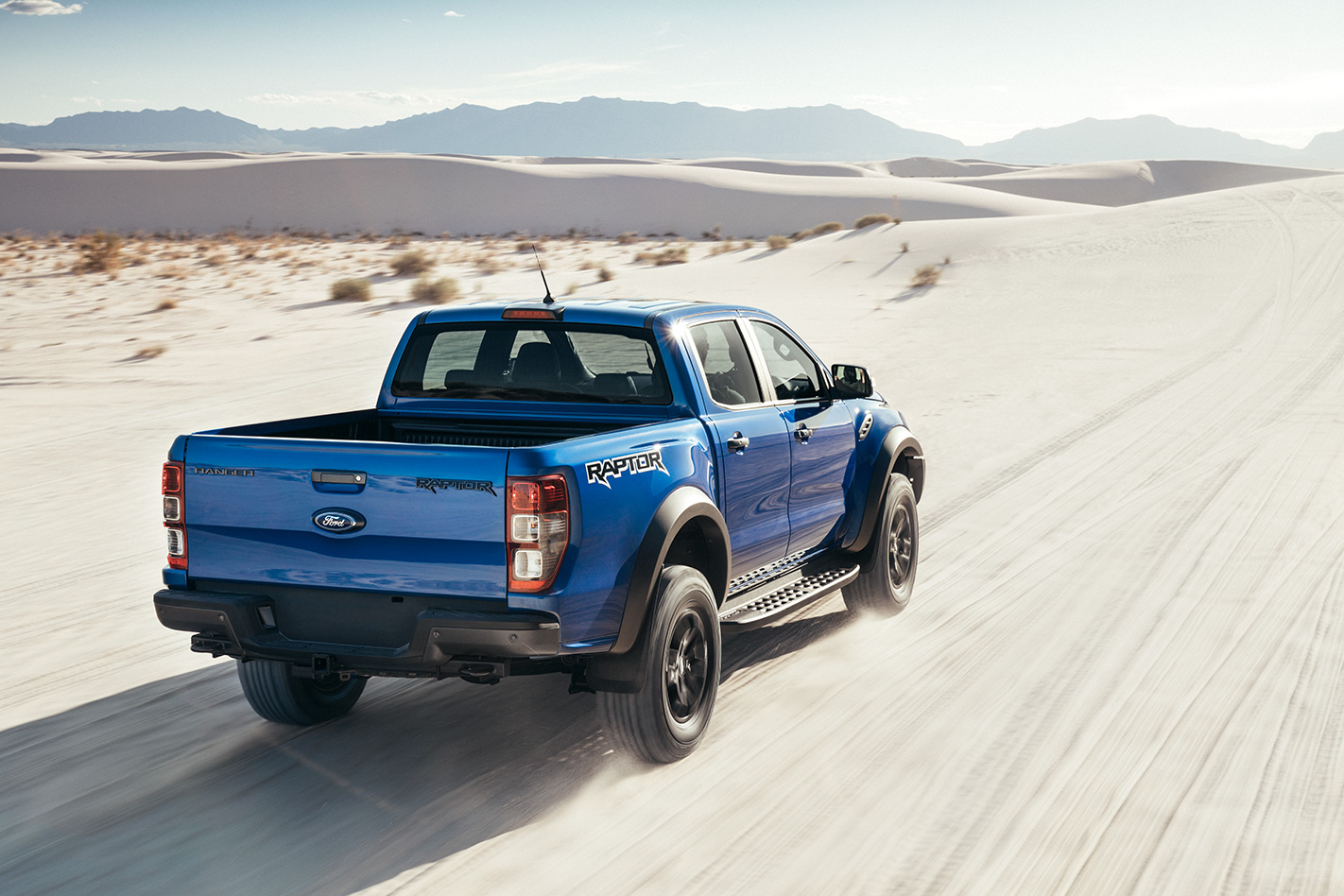
The 1996cc sequentially turbocharged Bi-Turbo diesel engine has been mated to the 10-speed automatic transmission seen in the F-150 Raptor. Boosting its off-road ability are six drive modes, selectable via the Terrain Management System (TMS) switch on the steering wheel. The on-road modes are a pretty self-explanatory Normal and Sport. Head off the beaten track and you have Grass/Gravel/Snow mode, a Mud/Sand mode, a Rock setting and the high-speed, maximum attack Baja mode. Here you get reduced traction control intervention and the most aggressive gear shift map.
The Raptor wouldn’t stand a chance in showrooms if it didn’t look the part and you’ll have to be the judge of whether it’s successfully incorporated the Raptor DNA from its big sibling, the F-150. There’s iconic Ford block lettering on the grille and swollen composite front guards housing 285/70 R17 BF Goodrich rubber.
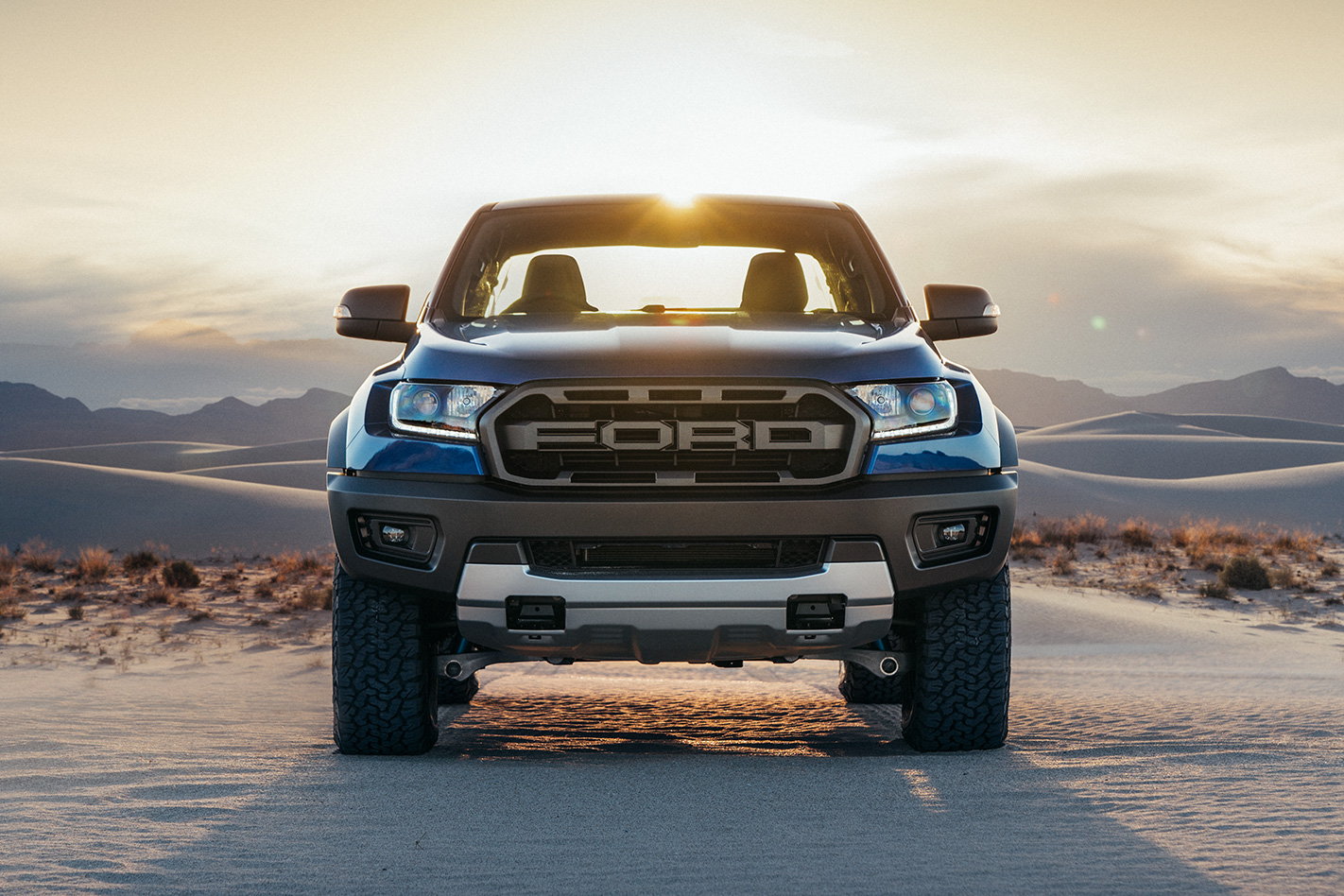
The exterior colour palette offerings include Lightning Blue, Race Red, Shadow Black, Frozen White, as well as a unique signature hue for the Raptor, the primer-like Conquer Grey with contrasting Dyno Grey accents.
“Everything about the Ranger Raptor builds on the already outstanding sophisticated feel and functional capability of the Ranger, and then goes further. From a driving dynamic fun standpoint, it is really an exceptionally special vehicle,” says Ross.
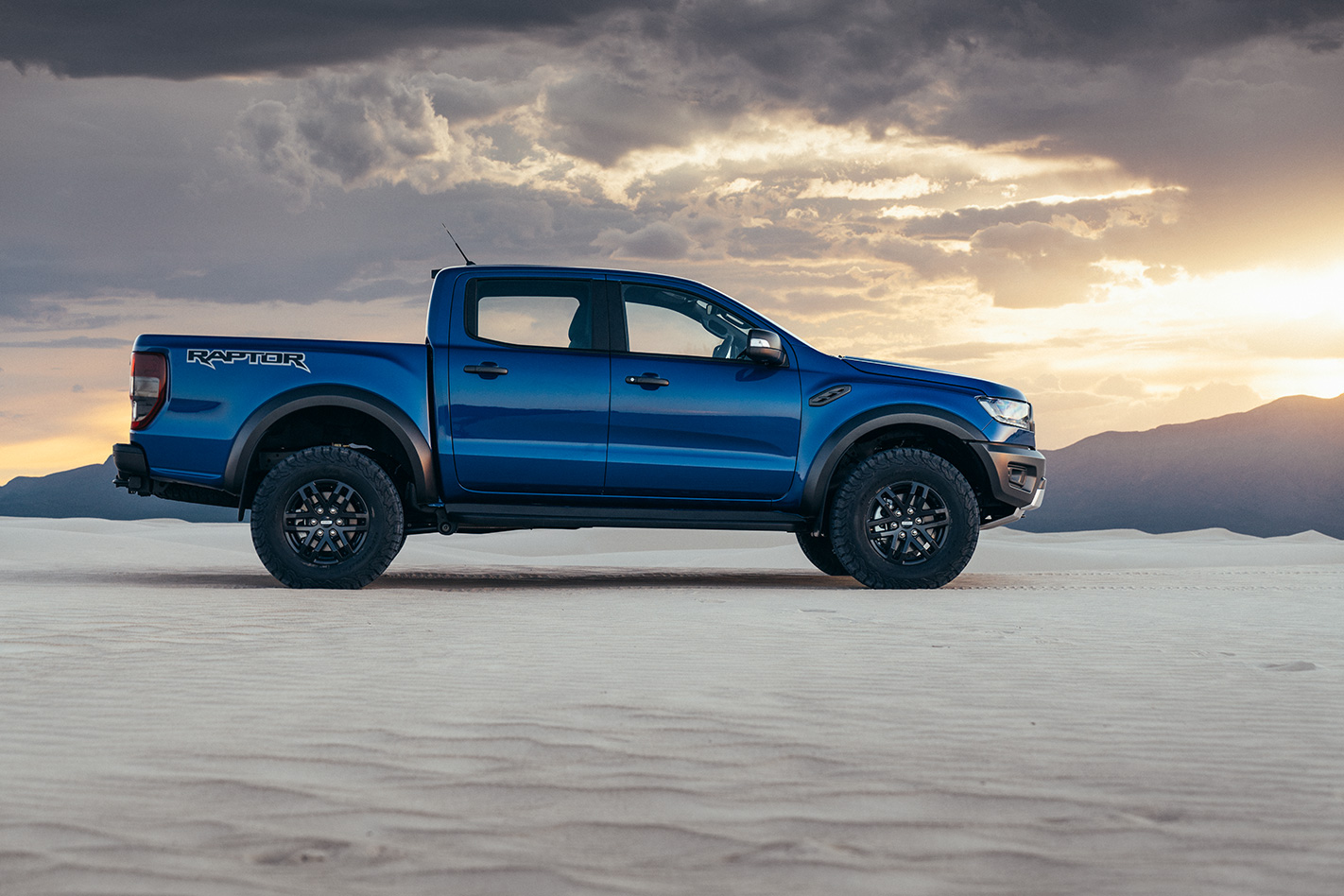
We’ll have to curb our enthusiasm until we get behind the wheel of the new Raptor, but the early signs look good. As long as 157kW doesn’t mean an insurmountable affront to the target market’s bragging rights, it ought to do very well. Now we’re just thinking where we ought to take it for our first drive feature. Ideas?


